The company’s solar-storing tiles are making waves.



Another important question is the extent to which continued increases in computational capacity are economically viable. The Stanford Index reports a 300,000-fold increase in capacity since 2012. But in the same month that the Report was issued, Jerome Pesenti, Facebook’s AI head, warned that “The rate of progress is not sustainable…If you look at top experiments, each year the cost is going up 10-fold. Right now, an experiment might be in seven figures but it’s not going to go to nine or 10 figures, it’s not possible, nobody can afford that.”
AI has feasted on low-hanging fruit, like search engines and board games. Now comes the hard part — distinguishing causal relationships from coincidences, making high-level decisions in the face of unfamiliar ambiguity, and matching the wisdom and commonsense that humans acquire by living in the real world. These are the capabilities that are needed in complex applications such as driverless vehicles, health care, accounting, law, and engineering.
Despite the hype, AI has had very little measurable effect on the economy. Yes, people spend a lot of time on social media and playing ultra-realistic video games. But does that boost or diminish productivity? Technology in general and AI in particular are supposed to be creating a new New Economy, where algorithms and robots do all our work for us, increasing productivity by unheard-of amounts. The reality has been the opposite. For decades, U.S. productivity grew by about 3% a year. Then, after 1970, it slowed to 1.5% a year, then 1%, now about 0.5%. Perhaps we are spending too much time on our smartphones.

Autonomous and semi-autonomous systems need active illumination to navigate at night or underground. Switching on visible headlights or some other emitting system like lidar, however, has a significant drawback: It allows adversaries to detect a vehicle’s presence, in some cases from long distances away.
To eliminate this vulnerability, DARPA announced the Invisible Headlights program. The fundamental research effort seeks to discover and quantify information contained in ambient thermal emissions in a wide variety of environments and to create new passive 3D sensors and algorithms to exploit that information.
“We’re aiming to make completely passive navigation in pitch dark conditions possible,” said Joe Altepeter, program manager in DARPA’s Defense Sciences Office. “In the depths of a cave or in the dark of a moonless, starless night with dense fog, current autonomous systems can’t make sense of the environment without radiating some signal—whether it’s a laser pulse, radar or visible light beam—all of which we want to avoid. If it involves emitting a signal, it’s not invisible for the sake of this program.”
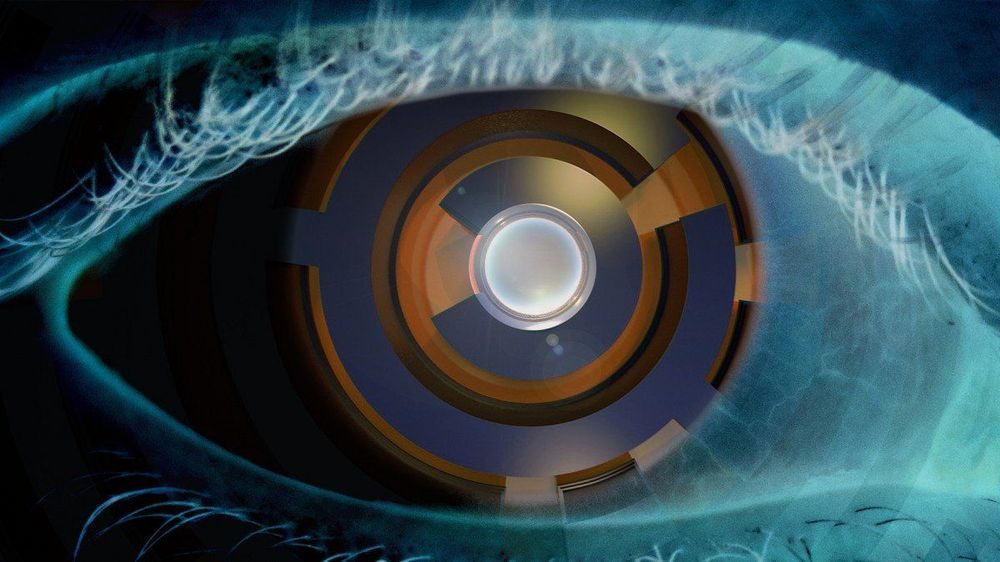
The news: A new type of artificial eye, made by combining light-sensing electronics with a neural network on a single tiny chip, can make sense of what it’s seeing in just a few nanoseconds, far faster than existing image sensors.
Why it matters: Computer vision is integral to many applications of AI—from driverless cars to industrial robots to smart sensors that act as our eyes in remote locations—and machines have become very good at responding to what they see. But most image recognition needs a lot of computing power to work. Part of the problem is a bottleneck at the heart of traditional sensors, which capture a huge amount of visual data, regardless of whether or not it is useful for classifying an image. Crunching all that data slows things down.
A sensor that captures and processes an image at the same time, without converting or passing around data, makes image recognition much faster using much less power. The design, published in Nature today by researchers at the Institute of Photonics in Vienna, Austria, mimics the way animals’ eyes pre-process visual information before passing it on to the brain.
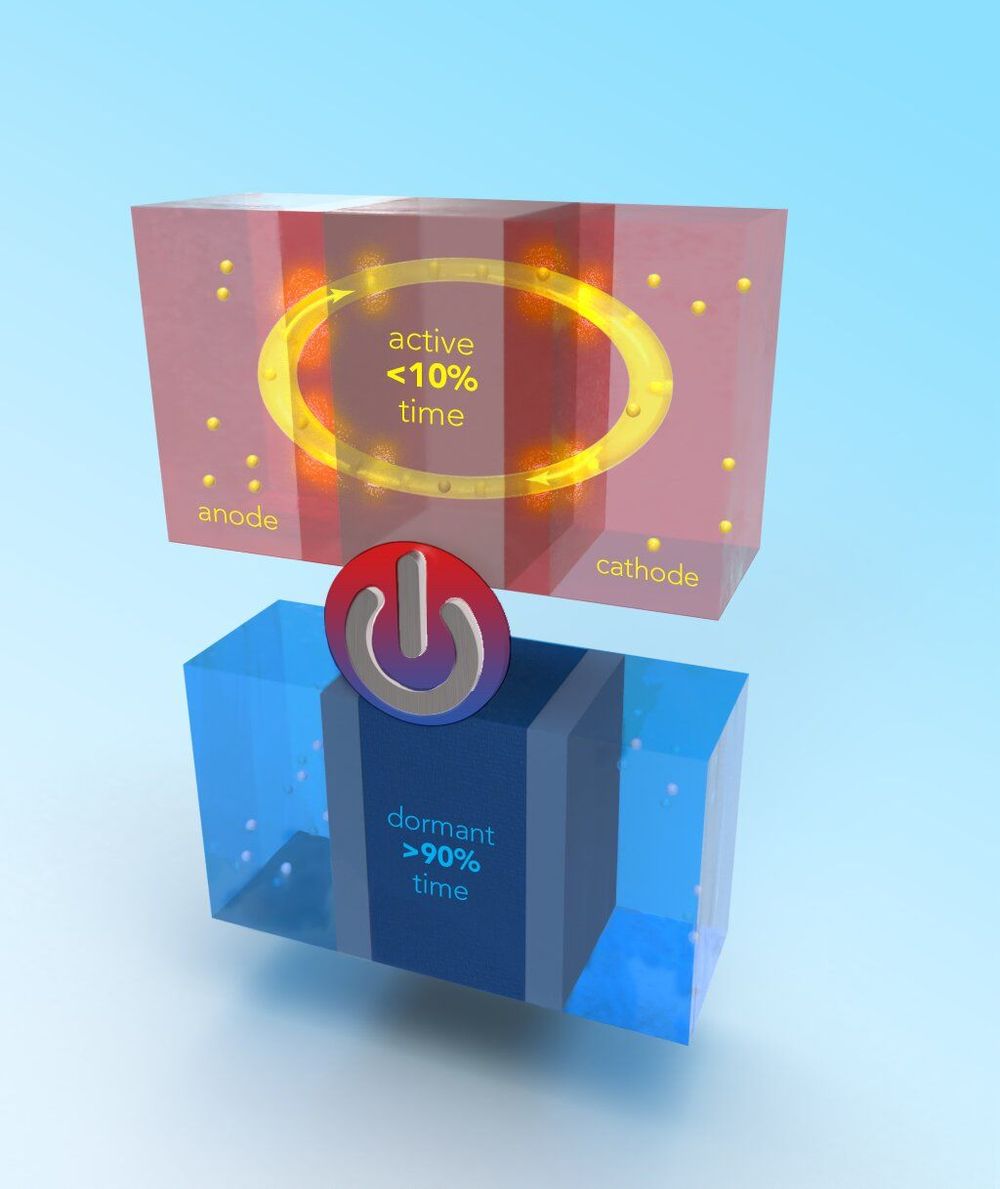
A lithium-ion battery that is safe, has high power and can last for 1 million miles has been developed by a team in Penn State’s Battery and Energy Storage Technology (BEST) Center.
Electric vehicle batteries typically require a tradeoff between safety and energy density. If the battery has high energy and power density, which is required for uphill driving or merging on the freeway, then there is a chance the battery can catch fire or explode in the wrong conditions. But materials that have low energy/power density, and therefore high safety, tend to have poor performance. There is no material that satisfies both. For that reason, battery engineers opt for performance over safety.
“In this work we decided we were going to take a totally different approach,” said Chao-Yang Wang, professor of mechanical, chemical and materials science and engineering, and William E. Diefenderfer Chair in Mechanical Engineering, Penn State. “We divided our strategy into two steps. First we wanted to build a highly stable battery with highly stable materials.”

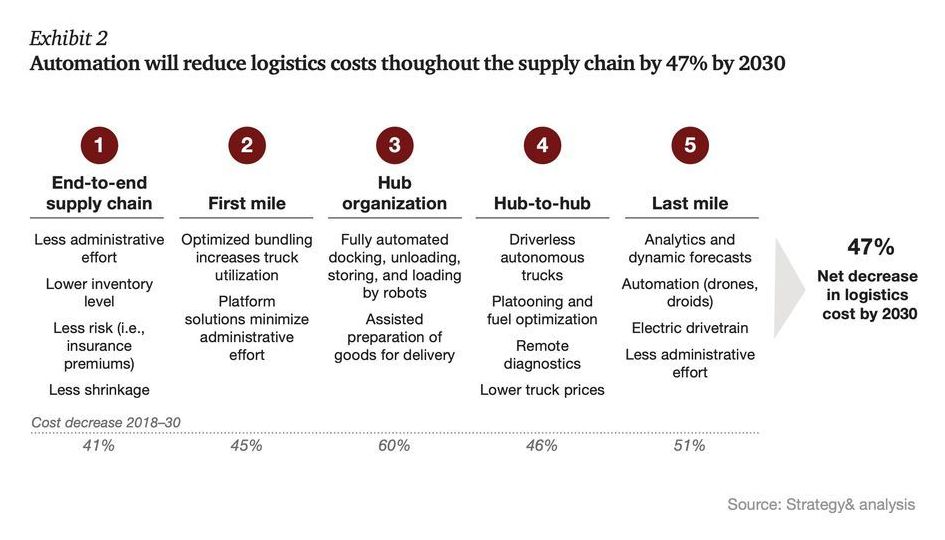
The fact that self-driving trucks did not initially capture the public imagination is perhaps not entirely shocking. After all, most people have never been inside a truck, let alone a self-driving one, and don’t give them more than a passing thought. But just because trucks aren’t foremost in most people’s thoughts, doesn’t mean trucks don’t impact everyone’s lives day in and day out. Trucking is an $800 billion industry in the US. Virtually everything we buy — from our food to our phones to our furniture — reaches us via truck. Automating the movement of goods could, therefore, have at least as profound an impact on our lives as automating how we move ourselves. And people are starting to take notice.
As self-driving industry pioneers, we’re not surprised: we have been saying this for years. We founded Kodiak Robotics in 2018 with the vision of launching a freight carrier that would drive autonomously on highways, while continuing to use traditional human drivers for first- and last-mile pickup and delivery. We developed this model because our experience in the industry convinced us that today’s self-driving technology is best-suited for highway driving. While training self-driving vehicles to drive on interstate highways is complicated, hard work, it’s a much simpler, more constrained problem than driving on city streets, which have pedestrians, public transportation, bikes, pets, and other things that make cities great to live in but difficult for autonomous technology to understand and navigate.
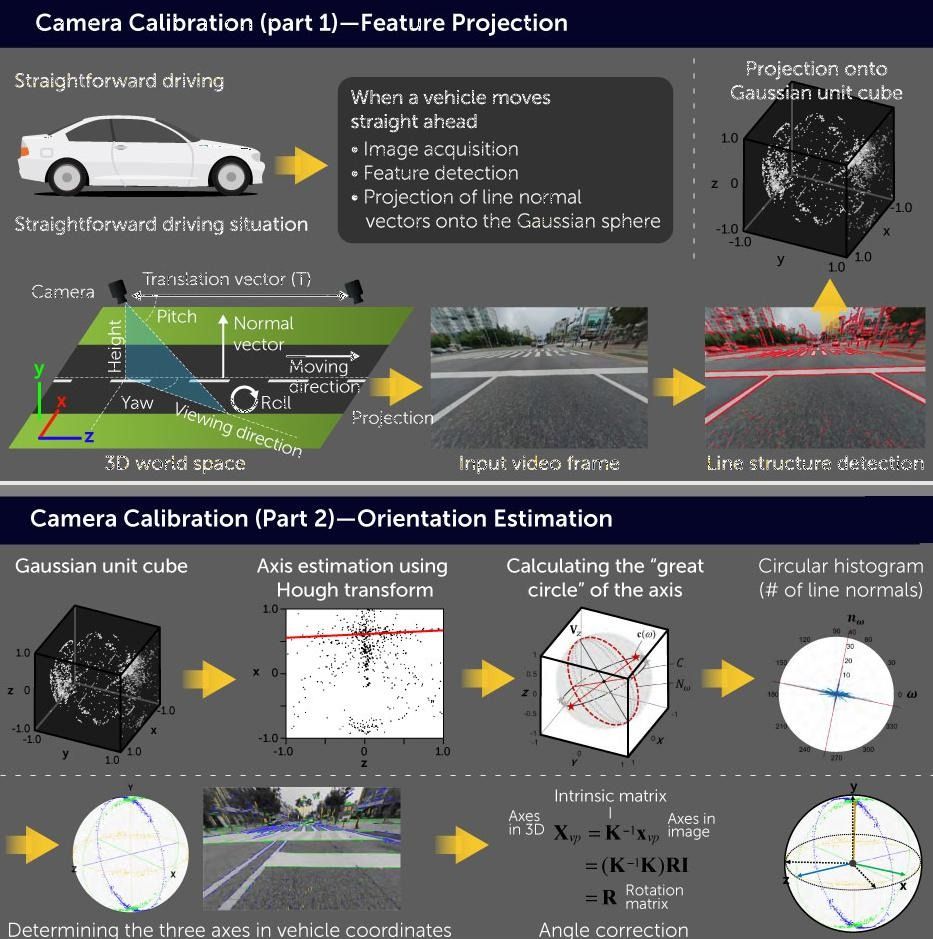
Some forms of autonomous vehicle watch the road ahead using built-in cameras. Ensuring that accurate camera orientation is maintained during driving is, therefore, in some systems key to letting these vehicles out on roads. Now, scientists from Korea have developed what they say is an accurate and efficient camera-orientation estimation method to enable such vehicles to navigate safely across distances.
A fast camera-orientation estimation algorithm that pinpoints vanishing points could make self-driving cars safer.
Facebook Icon
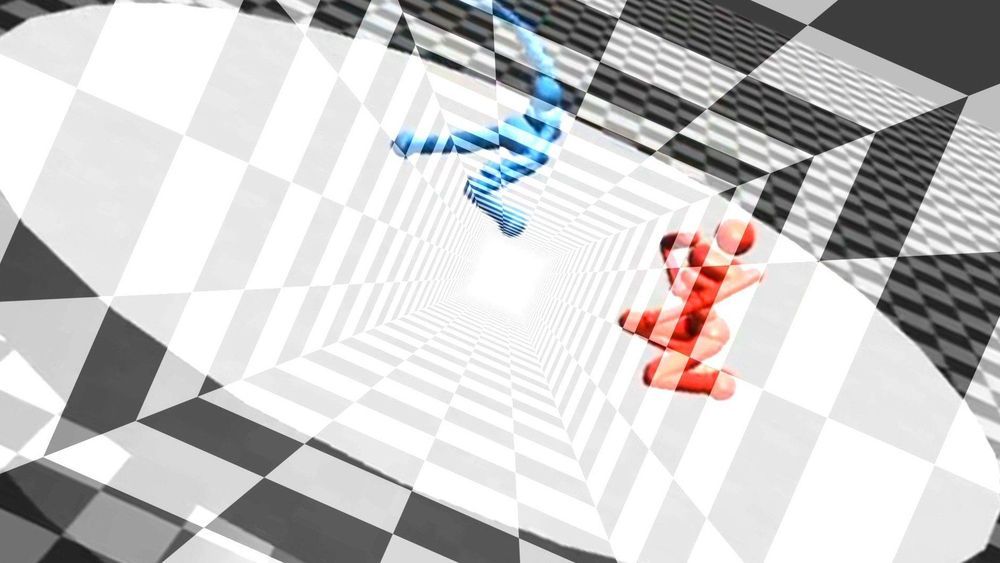

Tesla Model Y deliveries draw closer and the Cybertruck appeals to police. When is a 600-mile Model S arriving? It’s Musk Reads: Tesla Edition #146.
A version of this article appeared in the “Musk Reads” newsletter. Sign up for free here.